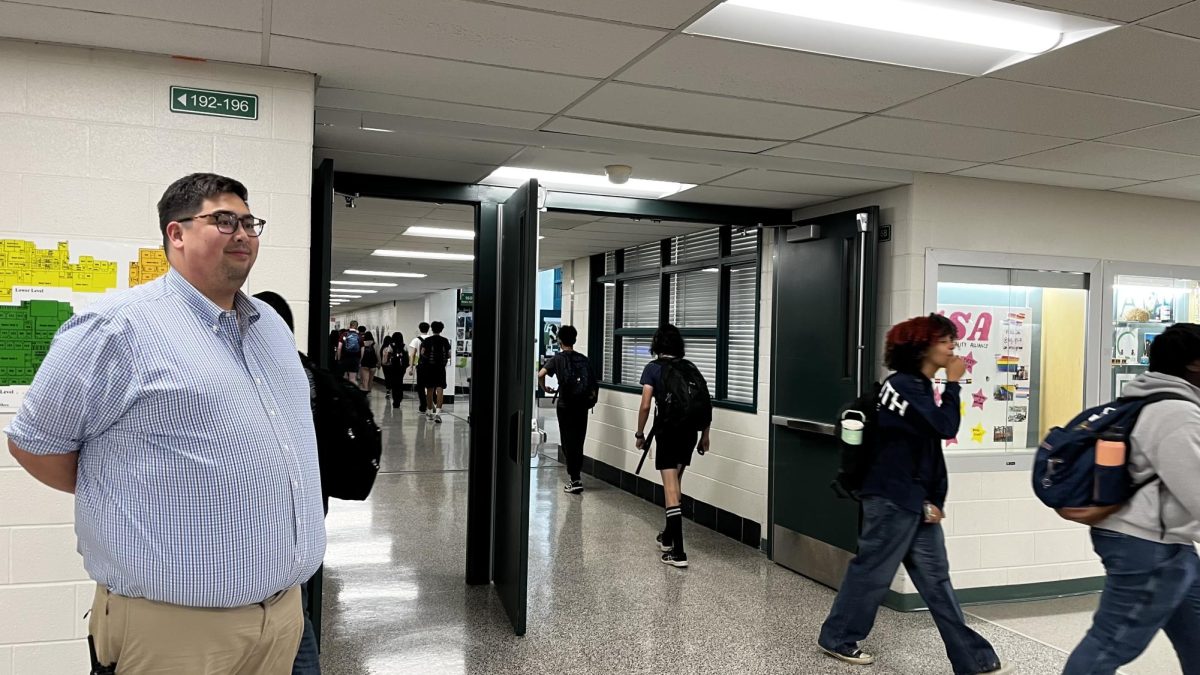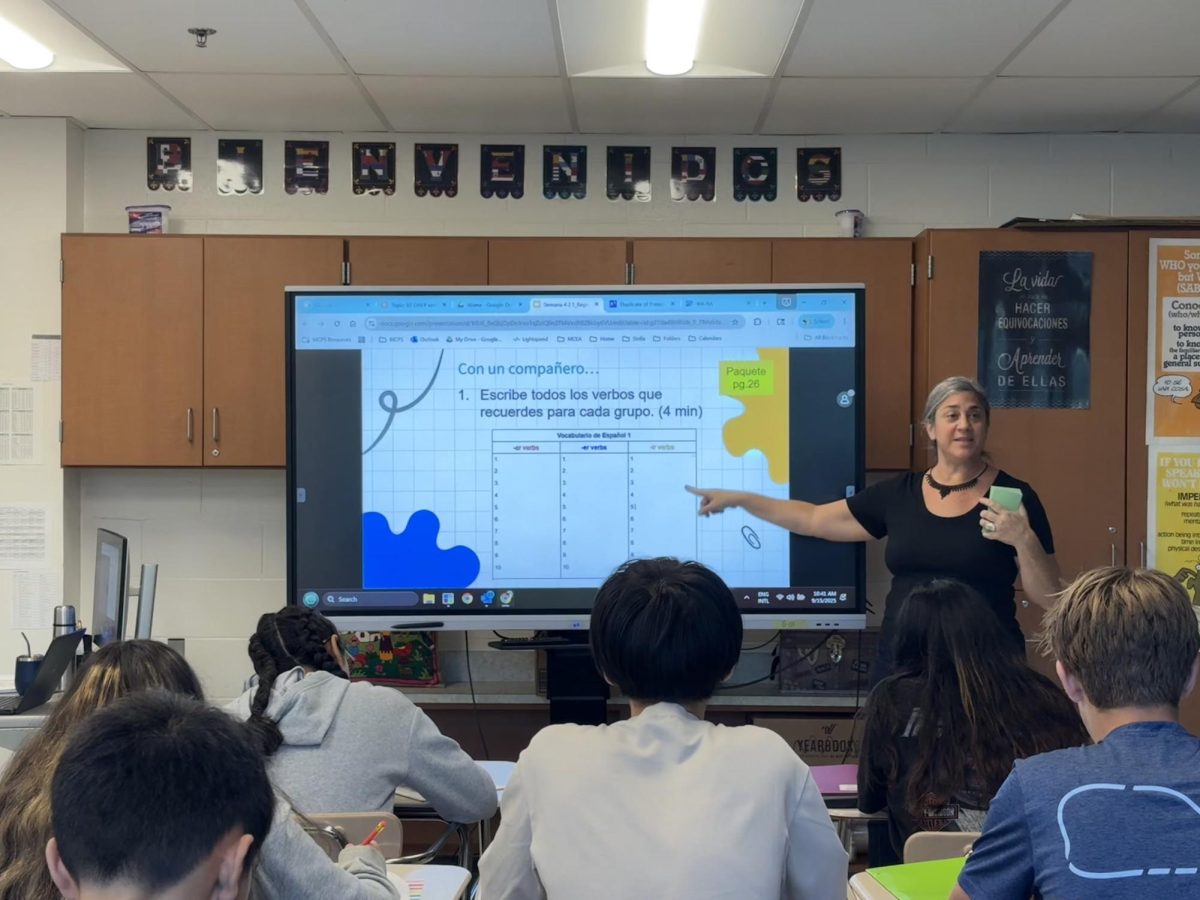
When you hear the word “school lunch,” the first thing that usually comes to students’ minds is processed, gross and not very nutritious. This is the stereotype school lunch has received at public schools for decades.
Cafeteria lunch can be a very good option for low income students or those on a budget who still need to get lunch. Although lunch is not free to all anymore, students can get lunch for discounted or no cost depending on their financial situation. The students who cannot afford lunch may not be getting quality nutrition at home and some students think that school needs to do a better job at providing nutritious food.
“I think that the school should add more nutrient rich foods especially because many kids can’t afford to buy quality food so they should be able to get it from school,” senior Chris Tamero said.
Along with the issue of nutrients in students’ food, there is also a concern if the lunches were actually filling. If students are having their one meal of the day, it should be important that the food is filling.
“I went to get school lunch and there were not very many appealing and filling options as there was just veggie stuff,” senior Mac Oursler said.
With all of these concerns, MCPS has been on a mission to change school lunch for the better. This September, marketing and hospitality teacher Kimberly Reif visited the Division of Food and Nutrition Services, the organization in charge of making school lunch for the county in Gaithersburg. The county invited all hospital and tourism teachers to meet with a team of people in charge of creating school lunch in order to get more student input. MCPS is committed to making a more student oriented lunch.
The county has partnered with local brand Silver Diner to try and make better and more nutritious school lunches while also adding more variety for dietary restrictions.
“I tried three different plant based dishes that I thought were all very good; however, they said they were having trouble finding a way to make a large batch since our county has so many students for one of the dishes,” Reif said.
Reif pointed out an interesting obstacle that many people do not consider for the production of school lunch, which is distribution. All the lunches are made in one place and then shipped out to each school which can create a unique problem for trying to make fresh food for students. MCPS is currently experimenting with a way to solve this problem to deliver fresher and better food to students than ever before.








